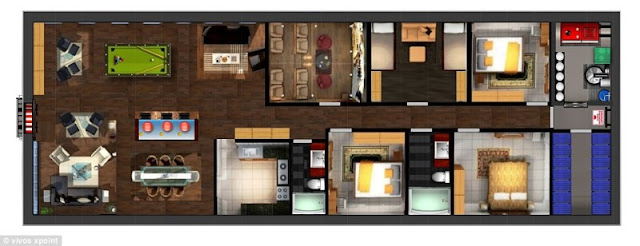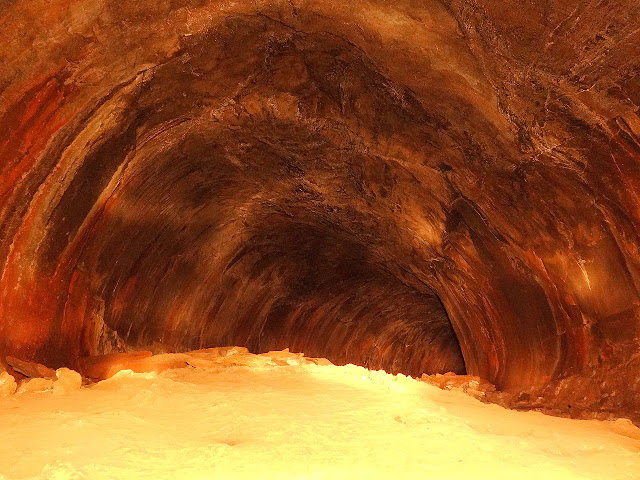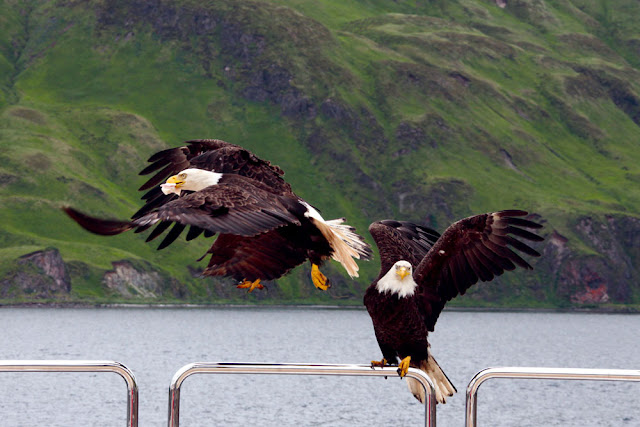No one can sense unforeseeable
future. The nuclear war or biological warfare destroyed human being. The
catastrophic war can killed most living beings and wipe out earth with
radioactive fallout. Hence, in South Dakota, about 8 miles south of the town of
Edgemont United States plan to save a small population of 5000 human beings in
a remote underground shelter would be one of the few surviving pockets of
civilization scattered throughout America. These Doomsday Bunkers are equipped
with protection against everything from bombs to bio-hazards. The company's
latest offering, the XPoint, is advertised as the largest 'prepper' community
on Earth.
The plan is proposed by
California based survival company Vivos. Few years back the company acquired 18
square miles complex called Black Hills Ordance Depot. Which is completely
retrofitted with full amenities like an internal power generation system, deep
water wells, biological, chemical and radiation air filtration systems, sewage
discharge, and critical support equipment?
The Doomsday Bunker Design
contains over five hundred nuclear-hardened concrete military bunkers, to some
extent buried underground and protected by thick berms of earth, to resist a
surface blast wave, as well as radioactive fallout. This area is strategically
and centrally located in one of the safest areas of North America, at a high
and dry altitude of 3,800+/- feet, well inland from all large bodies of water,
and 100+/- miles from the nearest known military nuclear targets,” Vivos says
on their website. Instead of windows, LEDs are placed inside the bunkers to
simulate the different views of the outside world.
Therefore, every bunker is accomplished
of withstanding a 500,000-pound internal blast. Each bunker is 26ft wide and
80ft long and can accommodate 10 to 20 people and the needed supplies for a
year or more. The bunkers are separated from each other by an average of 400
feet in all directions that will work in their favor by providing security,
protection and privacy. The Black Hills Ordnance Depot (BHOD) was constructed
in 1942 and originally functioned as munitions storage facility during the
Second World War and the Cold War period.
The survival bunkers were called
Igloos because of their characteristic shape. The complex was once spread over
33 square miles and contained over 800 igloos and all the amenities of a
well-planned town including living quarters for over 1,000 people, an Army
hospital, a post office, church, shopping center, movie theater, including a
theater, swimming pool, bowling alley and other mainstays of a small American
town.
The survival bunkers igloos held
all types of ammunition including chemical weapons and the deadly sarin and
mustard gas. The history of World War II reveals, the site also held Italian
prisoners of war. After the serving its object, the facility was closed in
1967. These bunkers were used by the Army in 1942 and built with reinforced
concrete to withstand a 500,000-ton blast. Peoples can now lease the bunkers to
be used as shelters in the wake of a disastrous event.
In case of any nuclear war,
a viral pandemic or an asteroid strike at one-time upfront payment of $25,000
per bunker, plus a 99-year lease of $1,000 per year. Moreover, shared bunkers
are also available at $7,500 per person. Aside from the facility at South Dakota, Vivos
also has shelters in the state of Indiana in a Cold War era bunker adept of
accommodating about eighty people. Moreover, Vivos is also building a luxury
private shelter in an underground complex in Rothenstein, Germany. Source: Charismatic Planet






















































